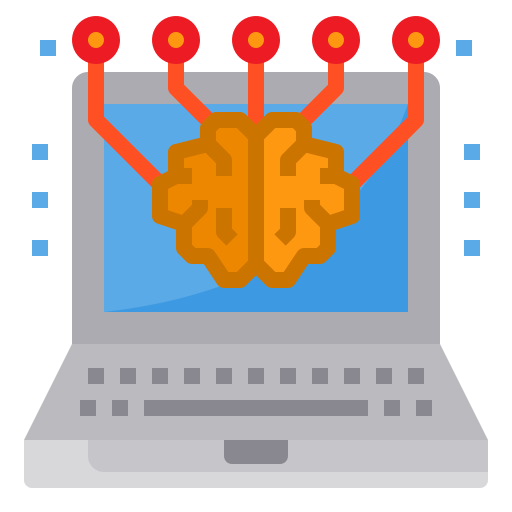Welcome! My name is
José Carlos
Statistician Data Scientist Data Analyst


• I have been working on health data extraction using ETL (Extract, Transform, and Load) with the aim of making this data available in a centralized and integrated manner to the Elasticsearch for the data analysis team at the Brazilian Obstetric Observatory. This will enable them to perform queries using SQL.
• I conducted general statistical analysis on public health data and was responsible for the development, documentation, deployment, and maintenance of interactive panels/dashboards using Shiny. These tools played an exceptionally important role during the COVID-19 pandemic, making public health data easily accessible and comprehensible to professionals and researchers in the field, significantly impacting social policies and government decisions related to public health in Brazil. As an example, in 2021, there was a 61.6% increase in weekly deaths for the general population compared to 2020, while for the maternal population, the increase was 145.4%. This critical information contributed to prioritizing the vaccination of maternal populations against COVID-19 in various regions of the country. Such vital information, along with many others derived from my work, whether directly or indirectly, played a pivotal role in enhancing the quality of public health.
• I carried out advanced time series analysis on public health data concerning maternal populations in Brazil. It was possible to apply techniques, typically employed in the finance and economic fields, to comprehend public health data related to pregnant women and postpartum women during the COVID-19 pandemic.
• Planned and taught a course on data manipulation and analysis using Python and R with public health data for an audience (synchronous and asynchronous) of approximately 40 people at the Federal University of Espírito Santo (UFES). I used the theme of recent achievements in astronomy and cosmology related to black holes, along with examples of computer games and intuitive methods to pique the audience's interest in the content presented, while the actual data used was from the public health field.
• I wrote articles for the corporate blog, contributing with my knowledge of R programming, Python, and data analysis.
• Programming and preparation of technical reports using the R programming language, RStudio environment, and RMarkdown tool.
• Development and writing of chapters on R and non-parametric statistical tests for the project's book titled "Applied Data Science in Maternal and Child Health".
• I spent one year working with functional data analysis, a longitudinal data analysis methodology, as a solution to improve research methodologies used in the obstetrics field in Brazil for problems where we typically have a scalar target variable and functional input variables (measures over time). Technical reports with partial results were periodically presented. At the end of the study, it was demonstrated through quantitative research using R programming, computational simulations, data analysis, and statistics that functional data analysis methods were superior and a more evidence-based approach to address these types of problems in the field, in contrast to the methods adopted thus far. This contribution led to an enhancement in the quality of research in this area.